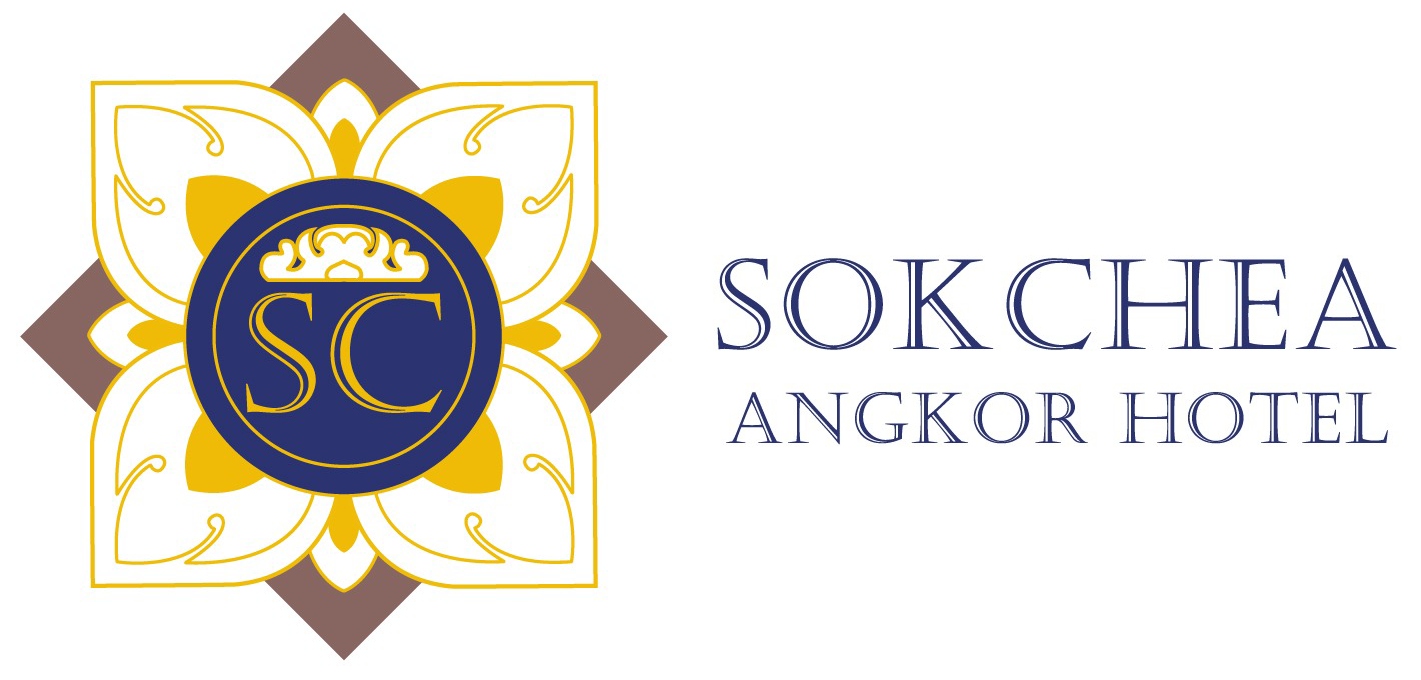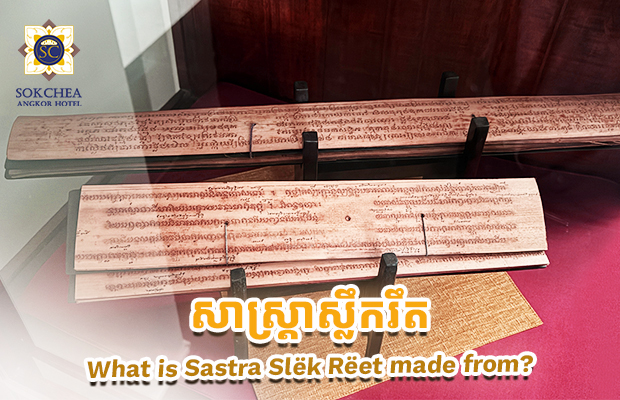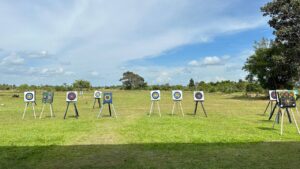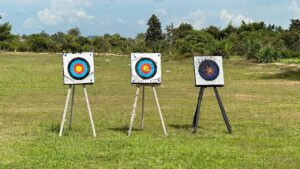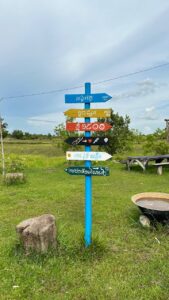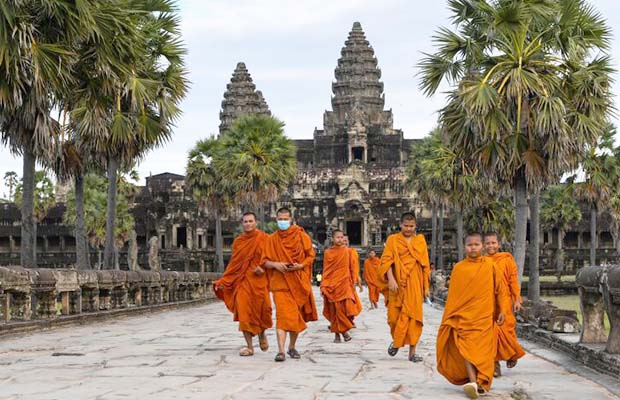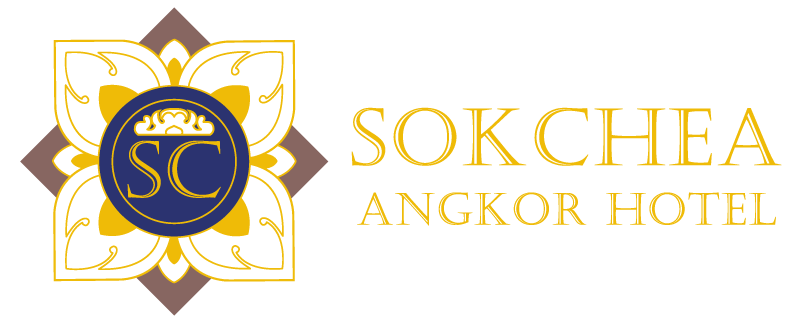A First-Timer’s Guide to Exploring Siem Reap Like a Local
Siem Reap is famous for Angkor Wat, but the real magic lies in its vibrant local culture, hidden gems, and authentic Khmer hospitality. As your home away from home, Sokchea Angkor Hotel is perfectly located to help you experience the city like a true insider. Here’s how to dive deep into Siem Reap’s charm – with all the transportation options you need!
1. Choose Your Adventure: Getting Around Like a Local
Siem Reap offers many ways to explore – pick what suits you best!
– Tuk-tuks – The classic Cambodian experience! Affordable and perfect for short trips around town Price around $20. Our front desk can arrange trusted drivers for you.
– Motorbikes – For the more adventurous, rent a scooter to zip around at your own pace (just mind the traffic!) price around $14-$20.
– Bicycles – rent price around $3-$12.
2. Eat Like a Local (With Our Insider Tips!
Khmer cuisine is a highlight of any trip. Here’s where to go:
– Psar Chas (Old Market) – Try *nom banh chok* (Khmer noodles) or *bai sach chrouk* (pork & rice)
– Tuk-tuk Food Tour – Let us arrange a local-guided evening food tour by tuk-tuk! Price around $20.
– Sokchea Angkor Hotel’s Restaurant – Enjoy authentic Khmer flavors without leaving our property
3. Temple Visits Made Easy
– Private Tuk-tuk Tour – Our recommended drivers know all the best routes and hidden temples
– Sunrise Options – Skip the crowds at Angkor Wat and ask us about quieter alternatives
– Motorbike Adventure – For those comfortable riding, we can suggest scenic temple loop routes
4. Local Experiences You’ll Love
– Evening Food Crawl – Let us arrange a tuk-tuk to take you to the best street food spots
– Countryside Tour – Explore rural villages by motorbike (with driver) or tuk-tuk
– Cooking Class Transport – We’ll arrange your ride to the best local cooking schools
5. Why Stay with Us?
At Sokchea Angkor Hotel, we make local exploration effortless:
✓ Trusted transportation partners – Safe drivers at fair prices
✓ Flexible options – From bikes to private tours
✓ Insider advice – We know the real Siem Reap and love to share it
